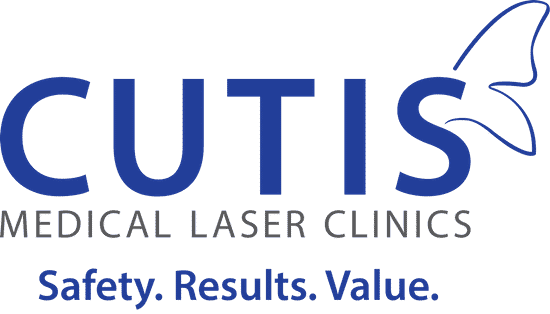Acne is surrounded with half-truths and myths in the same way it is buried under clogged pores. To clear up misconceptions – and your skin – here are six myths about acne that need to be unplugged from our common beliefs.
Myth: Only teens get acne
Fact: Prevailing wisdom suggests that only adolescents get acne because of all the hormonal changes taking place in their bodies. But a survey of more than 1,000 adults published in the Journal of the American Academy of Dermatology found that half of women aged between 20 and 29, one-third of women aged between 30 and 39, and one-fourth of women aged between 40 and 49 reported having acne. This occurrence is due to increased estrogen, which in turn drives oil production and ultimately causes bacterial inflammation leading to pimples.
Myth: Acne is just a cosmetic problem
Fact: On the surface, acne appears to be just a cosmetic problem requiring the services of an aesthetic laser clinic. But the accompanying low self-esteem can increase a person’s risk of developing depression if his or her acne is left untreated. Severe acne can leave permanent scars, and these scars negatively affect a person’s self-image. In laser clinics in Singapore, laser therapy, chemical peels and micro-needling technology are used to minimize the appearance of raised and depressed acne scars.
Myth: Acne should be allowed to run its course
Fact: Acne occurs when your pores become clogged with oil, dead skin and bacteria. So unless you clean up your plugged pores, your acne is not going to go away on its own. Some may find that regular washing helps prevent breakouts, while others complain that no matter how much they clean their face, their acne only seems to get worse. With an abundance of acne treatments in Singapore to combat acne – cleansers, chemical peels, medical-grade facials, and laser therapy – there is no need to let acne take over and ruin your chances for a beautiful, clear complexion.
Myth: Scrubbing at your acne will clean the pores
Fact: Scrubbing will only irritate the pores even more, and spread inflammatory substance into surrounding skin. So avoid the temptation to pop your pimple: Picking your skin often leads to scarring. Aesthetic clinics in Singapore use acne cleansers on their patients as these are designed to unclog pores without further harming the skin.
Myth: Greasy foods – and chocolate – exacerbate acne
Fact: It’s never been established that chocolate (and its cousin, caffeine) causes acne. Similarly, greasy foods have been established to have little to no effect on acne. Working in a greasy area, however, could worsen acne because in a kitchen with fry vats, oil can stick to the skin and clog the pores. What’s also clear is the connection between break outs and carbohydrates-rich foods such as bagels and bread. Dairy products have long been suspected as culprits behind acne, but the data is weak and more studies are yet to be conducted to establish the link.
Myth: Poor hygiene causes acne
Fact: A skin care specialist would likely advise that poor cleansing habits alone will not cause acne. For acne to occur, these four elements have to be present: sebum, dead skin cells, bacteria, clogged pores. Sebum (oil) naturally lubricates and protects the skin. It’s produced by the sebaceous glands, which activate at puberty. When dead skin cells collect close to the surface and block the pores, oil builds up underneath. This oil buildup (not dirt buildup) stimulates bacteria to multiply and causes inflammation of the surrounding tissues. A pustule appears if the inflammation is near the surface; a papule (pimple) if the inflammation is deep; and a cyst if the inflammation is deeper still. Medical clinic Singapore patients are told that affected areas still need to be cleaned twice a day, with the final cleansing done before bed so makeup, dirt and sweat are removed.
- If you would like to be an informed patient, please contact us at +65-6801-4000 or
cutis@cutislaserclinics.com. - Cutis Medical Laser Clinics, 9 Scotts Road Pacific Plaza, Scotts Medical Center #08-07, Singapore – 228210
+65-6801-4000 - cutis@cutislaserclinics.com
